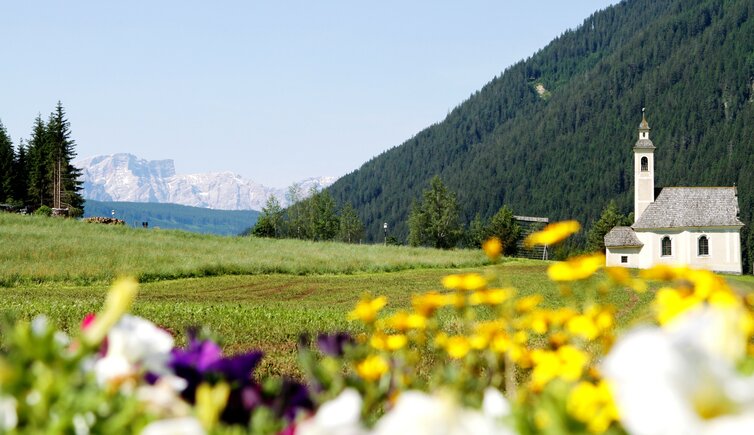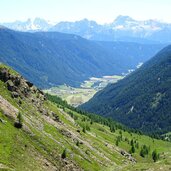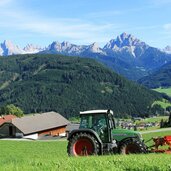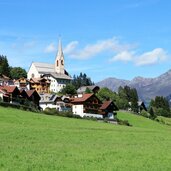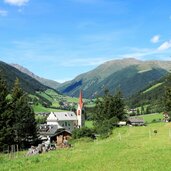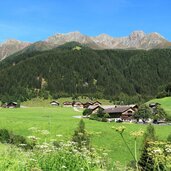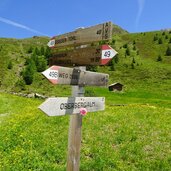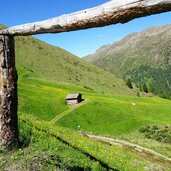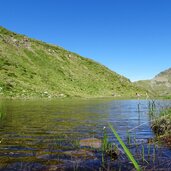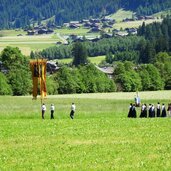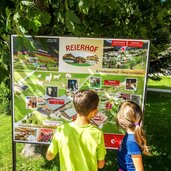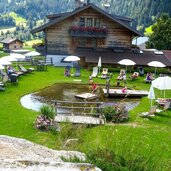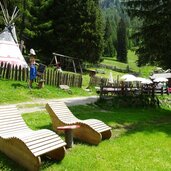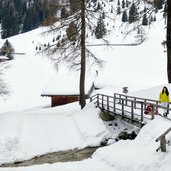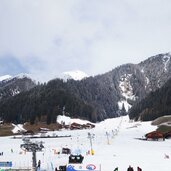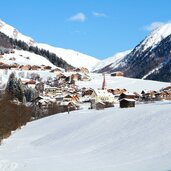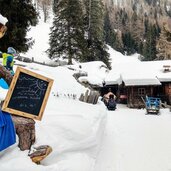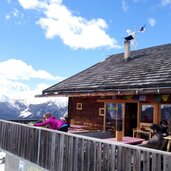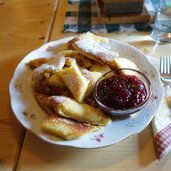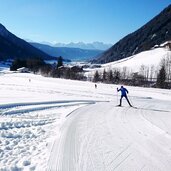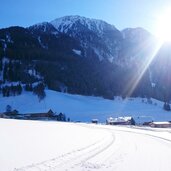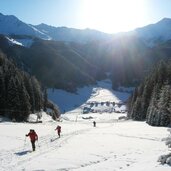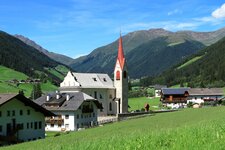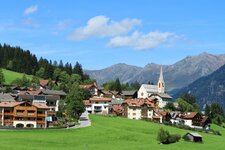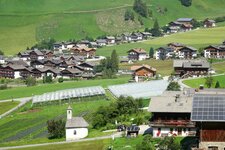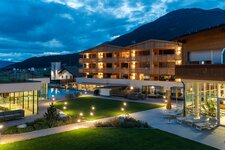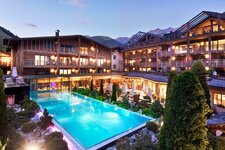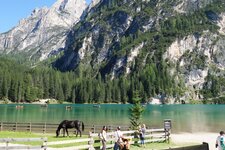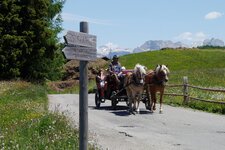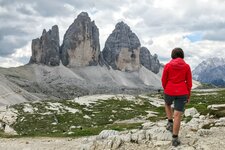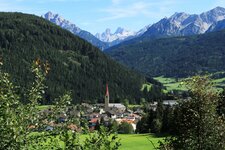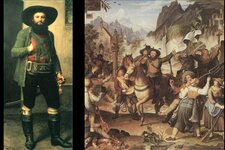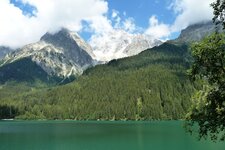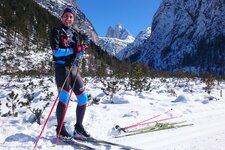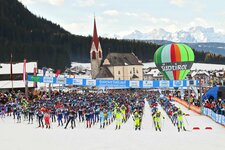The Casies Valley is one of the most unspoilt valleys in South Tyrol: With its alpine pastures, it is a gem for active holidaymakers
Image gallery: Val Casies
Due to the construction of the Riggertal loop and safety-related works, sections of the Val Pusteria Railway will be closed until January 2026. A rail replacement bus service will be in operation.
The three main… read more
In the upper part of the Val Pusteria near Tesido, a valley branches off that is known for its untouched nature and intact forests, the numerous hiking trails and the rustic huts. Where in summer the paths lead you up to the mountain peaks, in winter families sledge down the slope, and holidaymakers and locals conquer the steep slopes on touring skis. Especially the Uwald Hut at an altitude of more than 2,000 m is like a viewing platform from which you can overlook the entire Casies Valley.
At your feet, the first place to present itself is Santa Maddalena at the head of the valley, one of the three villages of the municipality of Casies. The farms extend to the next village, San Martino, with its Baroque parish church with Gothic tower. The village of Colle is situated at the exit of the valley into the Val Pusteria. Val Casies is framed by the foothills of the Rieserferner Group and the Villgraten Mountains, with the well-known Casies Alpine Pastures in between, which are managed in summer and winter. They serve the popular "Speckbrettln" - an afternoon snack made of dark bread, mountain cheese and the traditional Speck, the smoked ham - or an alpine breakfast in the heart of the South Tyrolean mountains.
Val Casies cross-country skiing marathon in winter, Alpine Pasture Festival in summer, there's always something going on in the valley. Incidentally, the most famous inhabitant is Joachim Haspinger, one of Andreas Hofer's best-known comrades-in-arms in the Tyrolean freedom fights. His birthplace is in San Martino, the main village of Val Casies. The Haspinger Monument there shows him as a warlike priest stretching the cross high into the air - as he is also depicted in the Capuchin Garden in Chiusa and on the relief in the Andreas Hofer Museum in the Val Passiria.
